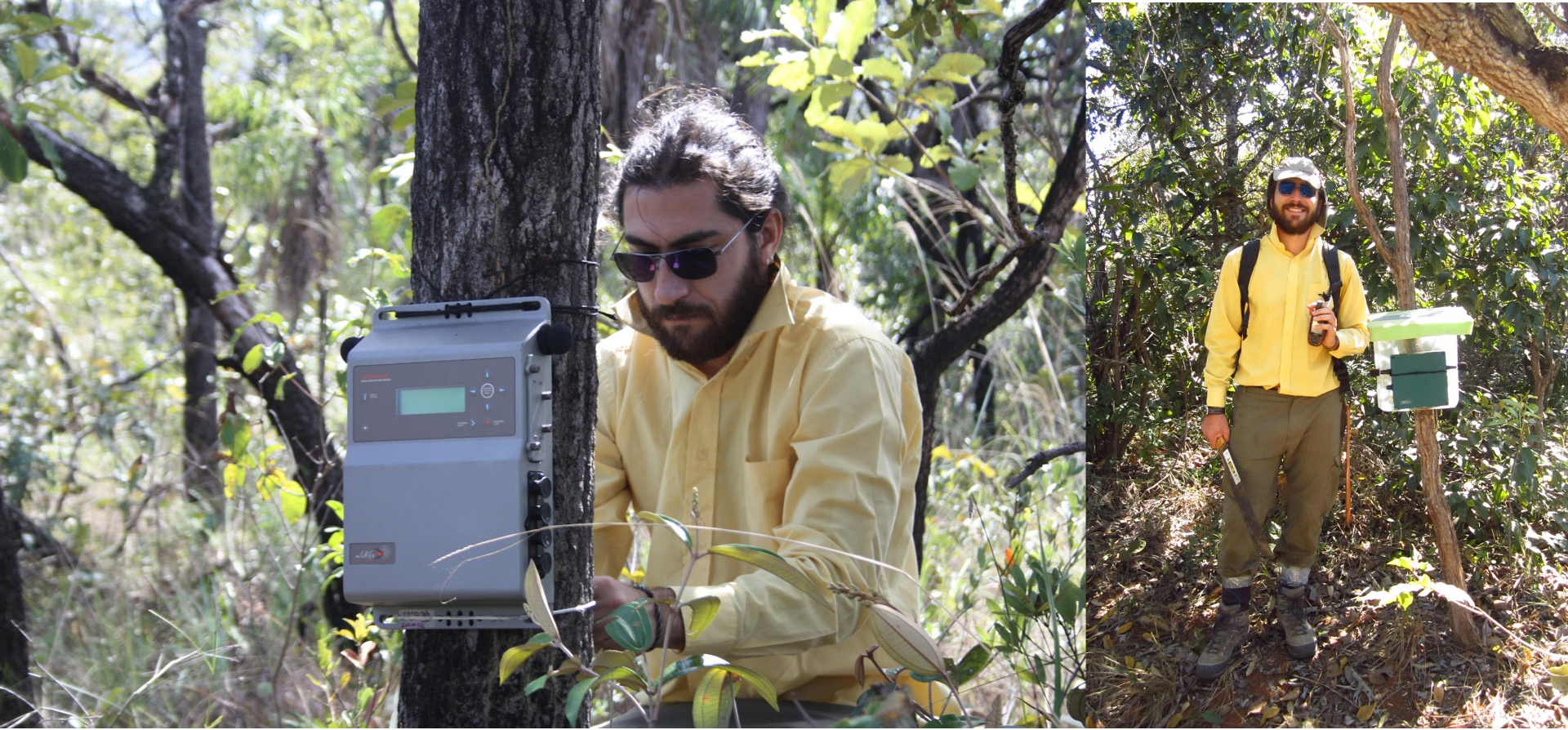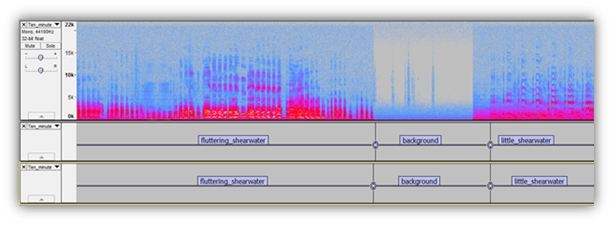
Passive acoustic modelling
Ivan Braga Campos, PhD Candidate, Dr Anne Gaskett, Senior Lecturer, Professor William Lee, Landcare Research / University of Auckland, Dr Louis Ranjard, The Australian National University, Canberra
Overview
Given the current global biodiversity declines, understanding the process of biodiversity loss and improving tools for species conservation are emerging as major issues for ecological research. Protected areas are crucial for protecting biodiversity. However, because of the social conflicts caused by their creation, protected areas frequently face a lack of support by sectors of society and governments. To address this issue, improved assessment of their importance to biodiversity conservation is required.
Recording techniques for monitoring biodiversity
This project tests the effectiveness of robust recording techniques for monitoring biodiversity in natural protected areas. The sound recordings are performed in protected natural areas in New Zealand (offshore island and fenced bird communities) and in four Brazilian National Parks, and adjacent unprotected areas (Figure 1). We also test the sensitivity of acoustic vs. traditional field surveys for measuring seasonal changes in biological communities and populations. Automatic species recognition will be performed in order to identify conservation target species. Special focus will be given on seasonal abundance patterns of cryptic species.
Data analysis and acoustic techniques
Acoustical indexes selected from a range of potential indices available based on their utility to provide accurate measures for different biodiversity components will be tested. Recordings also will be processed with automatic species identification methods based on acoustic profiles. The results obtained from the acoustic automatic species identification will be compared with previous information about the bird community collected by traditional bird surveys, especially in terms of species composition and variation in compositions over time. We will test if automatic identification is capable of detecting specific species of conservation interest, and its variation through time.

Figure 1. Examples of recorders being used. Pictures taken in the Cerrado biome (Brazilian savanna).

Figure 2. This figure is an example of an automatic identification tool been applied. The spectrogram (frequency over time) represents a sound file with multiple species calls (Fluttering Shearwater and Little Shearwater). The first annotated line was automatically generated by the automatic identification. The second line was manually annotated. The figure was created using the Audacity software.
How the Centre for eResearch helps the research project
By organising the research virtual machine with terabytes of attached data storage, the Centre created transfer scripts to move the data to the server, and installed the various software components on which this data analysis (Figure 2) now occurs. This project aims to provide a long term cost-effective method for assessing and understanding the real role of protected areas in biodiversity conservation. This will provide more comprehensive information for parks management and better information to enhance societal awareness of the values of protected areas.













































































































































































